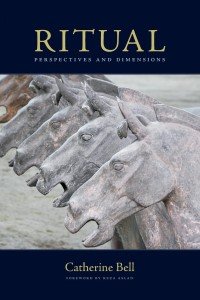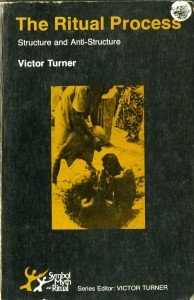Uncovering the Mysteries of The Ghost Dance:
A Review of Alice Beck Kehoe's Ethnohistory and Revitalization
The Ghost Dance has long been a topic of fascination and controversy, surrounded by myths and misconceptions. However, in her book The Ghost Dance Ethnohistory and Revitalization, author Alice Beck Kehoe sheds light on the true cultural significance of this Native American spiritual movement. Kehoe's book, published in 1989, remains a pivotal work in understanding the Ghost Dance and its impact on Native American communities. Here, we will review Kehoe's book and explore its key themes and insights.
The Ghost Dance, also known as the "Ghost Dance Movement," originated in the late 19th century among the Great Basin and Plains Native American tribes. It was a religious movement that promised the return of their ancestors, the renewal of their traditional way of life, and the removal of white settlers from their lands. Kehoe's book delves into the history of the Ghost Dance, its origins, and its impact on Native American communities.
One of the key strengths of Kehoe's book is her meticulous research and attention to detail. She draws on diverse sources, including ethnographic fieldwork, historical documents, and oral histories, to paint a comprehensive picture of the Ghost Dance. Kehoe's use of primary sources gives readers a deeper understanding of the movement's origins and development.
Kehoe also addresses the misconceptions surrounding the Ghost Dance, particularly the belief that it was solely a violent rebellion against white settlers. Through her research, she reveals that the Ghost Dance was, in fact, a peaceful and spiritual movement that sought to restore balance and harmony to Native American communities. Kehoe's insights challenge the stereotypical portrayal of the Ghost Dance as a "last-ditch" effort to resist white domination.
Furthermore, Kehoe provides a nuanced analysis of the impact of the Ghost Dance on Native American communities. She argues that the movement was not a failure, as it is often portrayed, but rather a catalyst for cultural revitalization. The Ghost Dance sparked a renewed interest in traditional practices, language, and cultural values, which continue to thrive in Native American communities today. Kehoe's perspective challenges the dominant narrative that sees the Ghost Dance as a tragic and unsuccessful movement.
Another strength of Kehoe's book is her emphasis on the role of women in the Ghost Dance. She highlights how women played a crucial role in the movement as leaders and participants. This challenges the traditional view that sees Native American societies as patriarchal and male-dominated. Kehoe's inclusion of women's perspectives adds depth and complexity to the narrative of the Ghost Dance.
In conclusion, Alice Beck Kehoe's The Ghost Dance Ethnohistory and Revitalization is a groundbreaking work that offers a deeper understanding of the Ghost Dance and its impact on Native American communities. Kehoe's meticulous research, nuanced analysis, and inclusion of marginalized voices make this book a must-read for anyone interested in Native American history and culture. It remains a relevant and timely work, shedding light on a significant chapter in Native American history that has often been overlooked or misunderstood.






